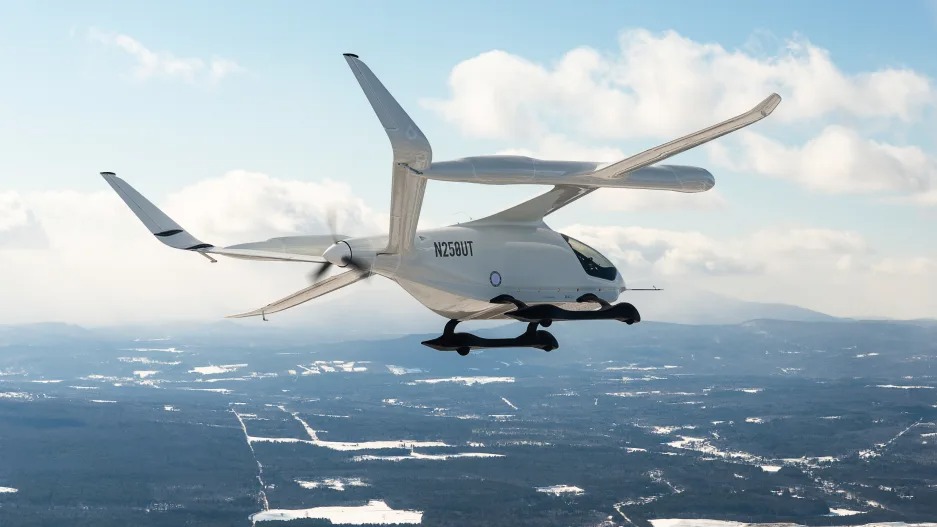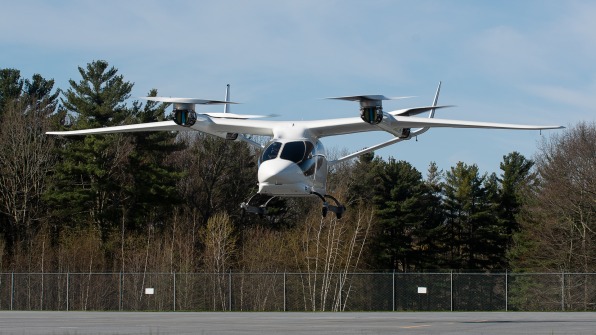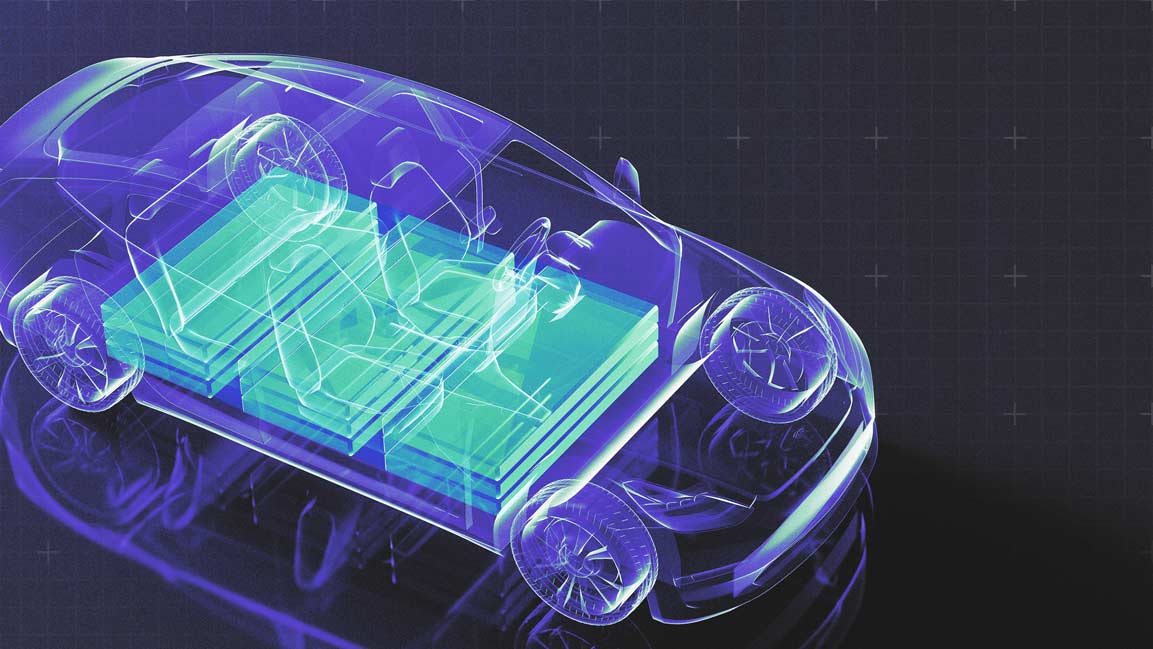- | 9:00 am
This electric plane could be in the sky by 2025
Early customers include Air New Zealand, which aims to start with cargo deliveries and then explore passenger flights.

The transition to electric vehicles on the road is well underway. But electrifying aviation is a longer slog, mainly due to battery limitations for long ranges and large loads.
The key may be starting with shorter flights. One of the companies striving to electrify aviation, Beta Technologies, announced this week that it’s producing an all-electric plane for regional trips. The model could start to replace jet-engine aircraft for cargo delivery starting in 2025, and could eventually be deployed for passenger flights as well. It’s Beta’s second aircraft, but this one uses a more conventional technology that may make it easier to secure certification from the Federal Aviation Administration—and could help move the industry more rapidly toward decarbonization.
Air travel accounts for 4% of global greenhouse gas emissions; electrifying the industry is urgent, says Kyle Clark, CEO of Vermont-based Beta Technologies, noting that people tend to tolerate airplane emissions because of the lack of alternatives. “Aviation operates in this cognitive dissonance from the balance of transportation,” he says, “where [consumers] say, ‘Hey, there is no option other than flying a jet-turbine aircraft.’”

Beta’s new plane, the CX300, will use conventional takeoff and landing (CTOL)—the familiar system of accelerating along a runway and lifting off. That’s different from many electric planes in production now (including Beta’s first model, the ALIA-250), which use vertical takeoff and landing (VTOL), rising up like a helicopter.
VTOLs don’t need much space—or even a runway—making them ideal for urban mobility. But CTOLs can have longer ranges and take more of a payload because they don’t have to carry the rotors needed for vertical flight. They’re able to run regional flights of up to 500 miles, known in the industry as “feeder” flights, which travel to and from airports often not served by larger carriers.
Clark says the CX300’s performance rivals that of jet-engine planes like the Pilatus PC-12. In its flight tests over the past two years, covering more than 22,000 miles, the CX300 flew through the busiest U.S. airspace categories, Classes B and C, and Clark says it’s the only electric aircraft to have done so.
It completed a record distance of 386 miles without stopping to recharge, and most real-world journeys will likely be shorter. But these planes are able to stop for recharging; Beta also makes universal chargers, which function for both airplanes and road vehicles. So far, it has charging infrastructure in operation in 12 locations, mostly stationed at airports between Vermont and Arkansas, with 55 more on the way. They can rapidly recharge the planes in less than an hour.
Beta—which already has customers for its VTOL, including UPS—announced its initial customers for the CX300: United Therapeutics, which does organ and tissue deliveries between airports; and Bristow, which offers flights for things like offshore energy transportation and search-and-rescue missions. Bristow has already ordered 50 planes.

Air New Zealand has ordered three aircraft, with an option for 20 more. The carrier will begin with cargo deliveries on the mainland, before offering domestic passenger flights. “The geography just lends itself to a relatively short-range regional aircraft,” Clark says. While Beta is currently focusing on cargo—for up to three industrial cargo pallets plus a pilot—the same space could also carry five passengers.
Air New Zealand has been notably ambitious on its decarbonization plans: It aims to fly its first zero-emissions plane by 2026, and begin replacing its fleet by 2030. Clark says the CX300 is an important step toward the overall industry’s decarbonization, estimating that 10 hours of flight could save 700 gallons of fuel, or 7 metric tons of CO2.
Crucially, the CX300 could make the transition to electric faster, because current regulations and airspace rules already support conventional takeoff and landing. Beta doesn’t have to ask for new airspace regulations, and customers don’t need to come up with new routes or operating methods.
The ALIA-250 model, meanwhile, has to go through a longer and more stringent approval process. The FAA is creating brand-new guidelines for electric VTOLs because of their novel tech (which an aviation trade association executive recently said “has not been seen since the dawn of the jet age”).
For that reason, Beta aims to gain FAA certification for the CTOL first, with the VTOL to follow. The company is banking on the CX300 being certified by 2025—at which point its customers will start receiving their new planes.







































